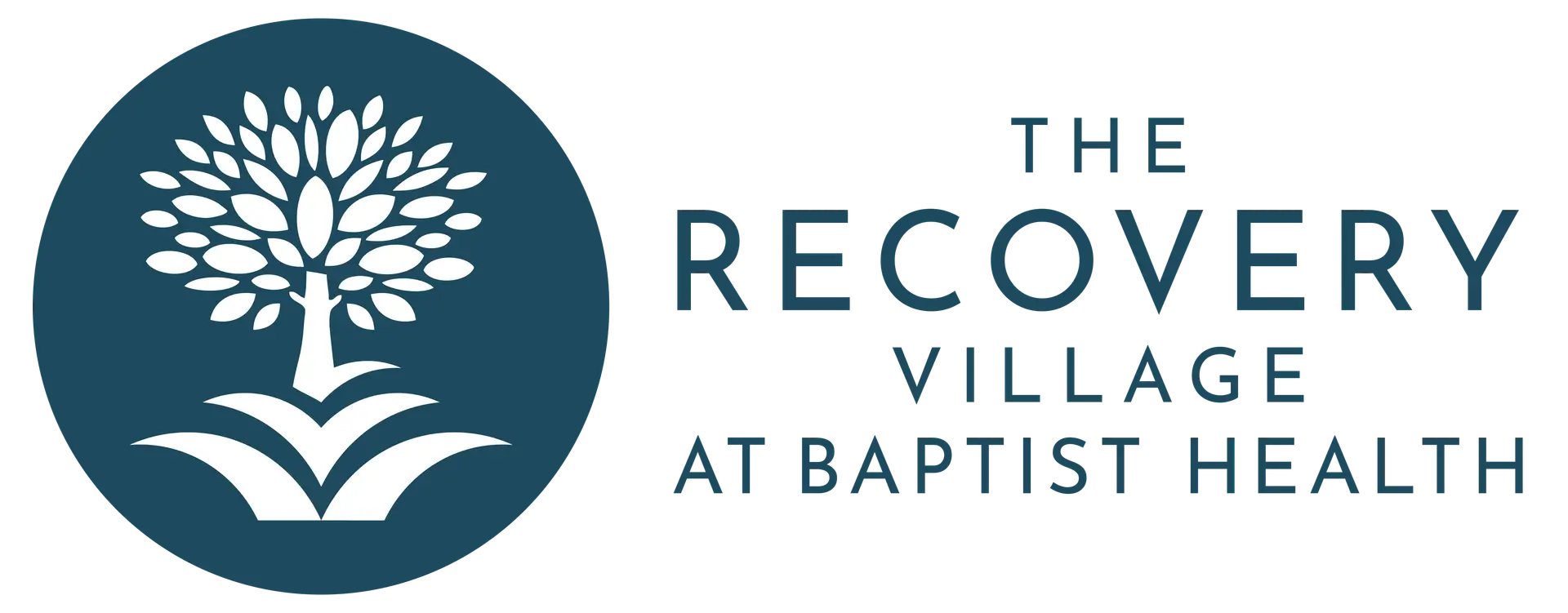Though many drugs are known to carry high risks of addiction, each person responds to drugs in different ways and may be more or less likely to develop an addiction.
America is in the midst of an addiction crisis. This has only been worsened by the COVID-19 pandemic, which has also led to increases in mental health conditions like anxiety and depression. This increase in symptoms have led some to self-medicate through substances like alcohol, marijuana and even opioids like heroin. However, some drugs are far more addictive than others.
The Drug Enforcement Administration (DEA) determines the addictive potential of drugs. Drugs are classified as controlled substances if they have a potential for abuse, dependence and addiction. Highly addictive drugs that have no medical use are labeled Schedule I controlled substances — these are illegal. Highly addictive drugs that do have a medical use are Schedule II controlled substances — these are strictly regulated.
The DEA has classified thousands of drugs due to their addictive potential, including hundreds of Schedule I and II substances. Substances like tobacco and alcohol are highly addictive but remain outside of DEA regulation.
Treatment Can Be Life Changing. Reach out today.

A drug’s addictive potential doesn’t just depend on the drug itself — it also depends on the person taking the drug. For example, a person with abnormal dopamine regulation in their brain is at risk for cocaine addiction. Meanwhile, a person with abnormal endorphin levels in their brain may be at a higher risk for opioid addiction. As such, it is impossible to say that one Schedule I or II drug is more addictive than another.
Some common addictive substances and Schedule I and II drugs include:
- Alcohol
- Tobacco
- Cocaine
- Heroin
- Marijuana
- Prescription opioids, such as morphine and oxycodone
- Methamphetamine
Most Addictive Drug Among Various Populations
Depending on the population, different drugs may be abused at different rates. This is partly due to the availability of the substance. Another factor is psychosocial issues, such as stress from unemployment, that may drive some to rely on substances. Additional factors can include the legality of certain substances, social acceptance and cost.
Around the World
Alcohol is the most commonly used substance in the world, with more than 82% of one study’s respondents reporting past-year use. Meanwhile, marijuana is the most commonly used drug in the world.
In the United States
Among adults with addiction, alcohol is the most common substance that is abused. One study found that 68% of people with a substance use disorder struggled only with alcohol. In fact, only 9.1% of people had an addiction that did not involve alcohol.
In Florida
Despite the prevalence of alcohol use, Gulf Coast experts consider methamphetamine (followed by opioids) as the greatest drug threat in the region due to violent crime, availability and overdose threats. However, teens may be more at risk from alcohol and tobacco. In Florida, the most common substance used by teens is alcohol, with 27.5% of 12th-grade students reporting drinking in the past 30 days. This is followed by marijuana, with more than 20.2% of 12th-grade students using it in the past month.
Among the Genders
Marijuana is the most commonly used illicit drug in both men and women. Men and women are equally likely to develop a substance abuse disorder. However, men are more likely than women to use, abuse and overdose on almost all illicit substances. Further, women may be more likely to have drug cravings and relapse into substance use after quitting.
Among Various Age Groups
Among adolescents who seek help for addiction, marijuana and alcohol account for up to 89% of substance use. Similarly, alcohol abuse is common in adults, with 24.2% of adults saying they engaged in binge drinking within the previous month. Although seniors are less likely to struggle with addiction than younger adults, they may be prescribed controlled substances at a higher rate.
Among Socioeconomic Classes
Those who seek treatment only for alcohol use are more likely to be employed than people who struggle with multiple substances. However, the use of both illicit and legal substances often increases during unemployment and in times of economic stress.
Among Rural and Urban Environments
Heroin is considered to be one of the greatest threats in urban environments across the United States, including in the Gulf Coast region. Besides heroin, overdoses from cocaine and synthetic opioids like fentanyl also outpace rural areas. In rural areas, however, overdoses from stimulants like methamphetamine and natural opioids like morphine are more common.
In Human History
Many different addictive substances have been used throughout human history. Amanita muscaria, a type of mushroom, is one of the earliest — the substance was used around 10,000 years ago. Opiates, one of the most common addictive substances even today, have been used for around 6,000 years. Cannabis and alcohol have also been used for more than 1,000 years and are still commonly abused substances today.
What Is the Definition of Addiction?
Addiction involves more than just using a substance. Even being physically dependent on a substance is not enough for addiction to be diagnosed. Instead, addiction is defined as continued, compulsive abuse despite harmful consequences. These can include interpersonal, legal and financial consequences.
When you are addicted to a substance, you know it is harming you but cannot stop taking it despite that knowledge. Fortunately, addiction is a treatable medical condition that people can overcome with professional assistance.
What Makes a Drug Addictive?
Drugs and addiction affect everyone differently. One person may be able to take a drug repeatedly and then quit, while another person may take the same dose for the same amount of time and become addicted. Addiction involves the interplay between:
- The drug: Drugs that trigger the brain’s reward pathway pose a risk for addiction. This includes alcohol, tobacco and all controlled substances.
- Your brain chemistry: The way your brain responds to certain chemicals may predispose you to addiction if the drug you take enhances those chemicals.
- Your genetics: Genetics play a large role in who develops a disease versus who escapes it, and experts believe addiction is no different.
- Your environment: A stressful environment and being around people who take drugs can set the stage for addiction.
- Your life experiences: Your past experiences can create triggers for drug use, forming the basis for addiction.
If you believe that you or a loved one might be addicted to a substance, it is important to reach out for help. Addressing addiction early can help to increase the chances of lifelong recovery. Our addiction experts at The Recovery Village at Baptist Health can help you recover from substance abuse through a variety of individualized programs. Contact us today to learn more about how our services can work well for your situation.




